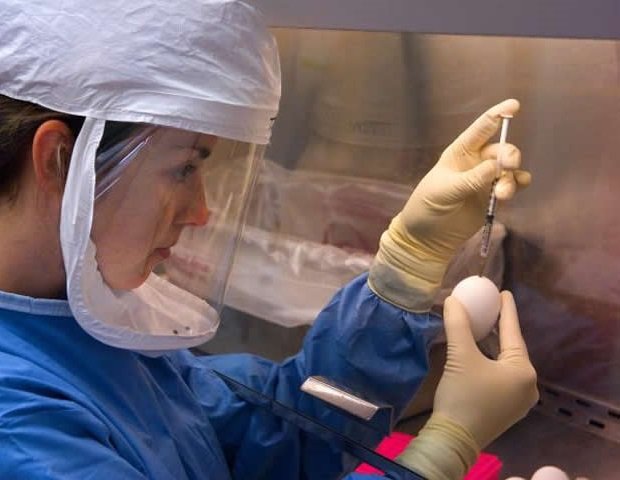The Coalition for Epidemic Preparedness Innovations (CEPI) and the World Health Organization (WHO) today called on researchers and governments to strengthen and accelerate global research to prepare for the next pandemic.
They emphasized the importance of expanding research to include entire families of pathogens that can infect humans – regardless of perceived pandemic risk – as well as focusing on individual pathogens. The approach suggests using prototype pathogens as guides or locators to develop the knowledge base for entire pathogen families.
At the Global Pandemic Preparedness Summit 2024 held in Rio de Janeiro, Brazil, the WHO R&D Plan on Epidemics issued a report urging a broader approach by researchers and countries. This approach aims to create broadly applicable knowledge, tools and countermeasures that can be rapidly adapted to emerging threats. This strategy also aims to accelerate surveillance and research to understand how pathogens transmit and infect humans and how the immune system responds to them.
The report’s authors likened its updated recommendation to imagining scientists as people looking for lost keys on a road (the next pandemic pathogen). The area illuminated by the street light represents well-studied pathogens with known pandemic potential. By researching novel pathogens, we can expand the illuminated area, gaining knowledge and understanding of pathogen families that may currently be in the dark. The dark spaces in this metaphor include many areas of the world, particularly resource-limited environments with high biodiversity, that are still under-monitored and under-studied. These places may harbor new pathogens, but lack the infrastructure and resources to conduct comprehensive research.
“The WHO Scientific Framework for Epidemic and Pandemic Research Preparedness is a vital change in the way the world approaches countermeasure development and is strongly supported by CEPI. As presented at the Global Pandemic Preparedness Conference 2024 in Rio de Janeiro of Brazil, this framework will help guide and coordinate research across entire pathogen families, a strategy that aims to strengthen the world’s ability to rapidly respond to unpredictable variations, emerging pathogens, zoonotic spillovers and unknown threats referred to as pathogen X said Dr. Richard Hatchett, CEO of CEPI.
The prioritization work underpinning the report involved more than 200 scientists from more than 50 countries, who assessed the science and evidence on 28 viral families and one major group of bacteria, comprising 1652 pathogens. Epidemic and pandemic risk was determined by considering available information on transmission patterns, virulence, and the availability of diagnostic tests, vaccines, and treatments.
CEPI and WHO also called for globally coordinated, collaborative research to prepare for potential pandemics.
History teaches us that the next pandemic is a matter of when, not if. It also teaches us the importance of science and political determination to mitigate its effects. We need the same combination of science and political resolve to come together as we prepare for the next pandemic. Advancing our knowledge of the many pathogens that surround us is a global project that requires the participation of scientists from every country.”
Dr. Tedros Adhanom Ghebreyesus, WHO Director-General
To facilitate this, WHO is engaging research institutions around the world to establish a Cooperative Open Research Consortium (CORC) for each pathogen family, with a WHO collaborating center acting as a research hub for each family.
These worldwide CORCs will include researchers, developers, funders, regulators, testing experts and others, with the goal of promoting greater research collaboration and equal participation, particularly from places where pathogens are known or most likely to circulate.
